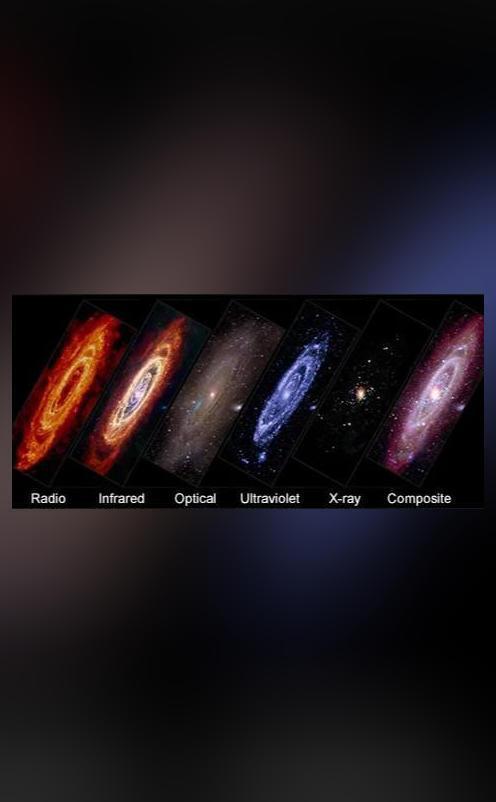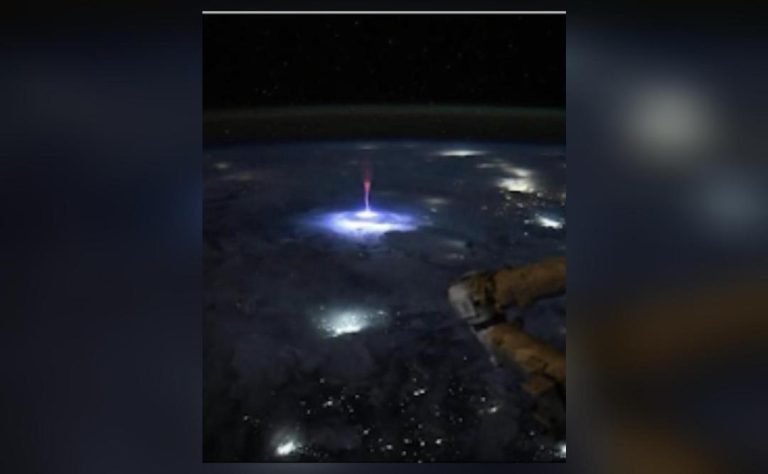
NASA’s Chandra Shares a New View of Our Galactic Neighbour
Located a mere 2.5 million light-years away, the Andromeda galaxy, also known as M31, is our closest spiral galaxy neighbour. This stunning celestial body has played an integral role in many aspects of astrophysics, particularly in the discovery of dark matter. Recently, NASA shared breathtaking images of M31, taken by some of the world’s most powerful telescopes, including the Chandra X-ray Observatory. In this blog post, we’ll delve into the significance of these new images and explore the fascinating facts about M31.
A Glimpse into the Past
The Andromeda galaxy is a spiral galaxy, similar to our own Milky Way, but with a few key differences. It is larger and more massive than the Milky Way, with a diameter of approximately 220,000 light-years compared to the Milky Way’s 100,000 light-years. M31 is also a barred spiral galaxy, meaning it has a central bar-shaped structure that is not found in the Milky Way.
The Andromeda galaxy has been observed by astronomers for centuries, with the first recorded sighting dating back to 964 AD by the Persian astronomer Abd al-Rahman al-Sufi. However, it wasn’t until the 1920s that the galaxy was recognized as a separate entity from the Milky Way. Since then, M31 has been the subject of extensive research, with scientists studying its structure, composition, and evolution.
A New Perspective
The new images of M31 were taken by a combination of telescopes, including NASA’s Hubble Space Telescope, the Spitzer Space Telescope, and the Chandra X-ray Observatory. These telescopes captured the galaxy in different wavelengths of light, providing a unique and detailed view of M31.
The Chandra X-ray Observatory, in particular, has provided a new perspective on M31. By detecting X-rays emitted by hot gas surrounding the galaxy’s central black hole, Chandra has revealed the presence of a massive black hole at the heart of M31. This black hole is estimated to have a mass of approximately 1.5 billion times that of our sun, making it one of the most massive black holes in the local universe.
Dark Matter and the Andromeda Galaxy
The Andromeda galaxy has played a significant role in the discovery of dark matter, a mysterious and invisible form of matter that makes up approximately 27% of the universe. The rotation curves of galaxies, including M31, indicate that there is more mass present than can be accounted for by visible matter. This missing mass is thought to be dark matter, which provides the necessary gravitational force to hold the galaxy together.
The Andromeda galaxy has also been the subject of numerous studies on dark matter. In 2019, a team of astronomers used data from the Sloan Digital Sky Survey (SDSS) to study the distribution of dark matter in M31. Their findings suggested that the dark matter halo surrounding the galaxy is more massive than previously thought, with a mass of approximately 10 billion times that of our sun.
A Galactic Collision
In about 4.5 billion years, the Andromeda galaxy will collide with the Milky Way. This collision will be a cosmic event of enormous proportions, with the two galaxies merging to form a new, larger galaxy. The Andromeda galaxy is currently approaching the Milky Way at a speed of approximately 250,000 miles per hour (400,000 kilometers per hour).
The collision will not be a direct hit, but rather a glancing blow. As the two galaxies pass close to each other, their stars, gas, and dust will be disrupted, leading to the formation of new stars and the creation of a new galaxy. The resulting galaxy is expected to be a massive, elliptical galaxy with a supermassive black hole at its center.
Conclusion
The Andromeda galaxy, also known as M31, is a fascinating and complex celestial body that has played a significant role in our understanding of the universe. The new images taken by NASA’s Chandra X-ray Observatory and other telescopes provide a unique and detailed view of M31, revealing its structure, composition, and evolution.
As we continue to study the Andromeda galaxy, we are reminded of the importance of continued investment in space exploration and the study of the universe. The Andromeda galaxy is a reminder of the awe-inspiring beauty and complexity of the universe, and the importance of continuing to explore and understand the mysteries of the cosmos.
News Source:
https://www.nasa.gov/image-article/nasas-chandra-shares-a-new-view-of-our-galactic-neighbor/






